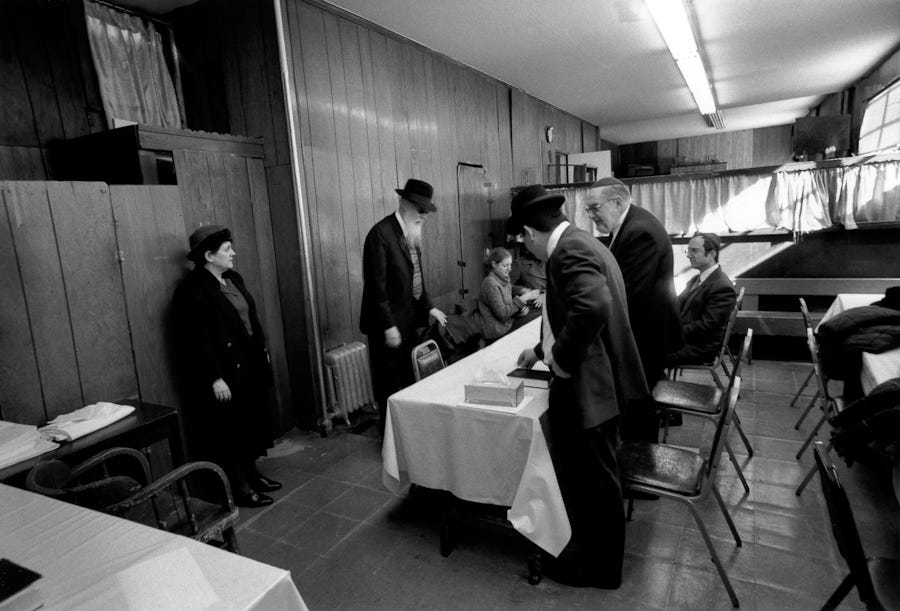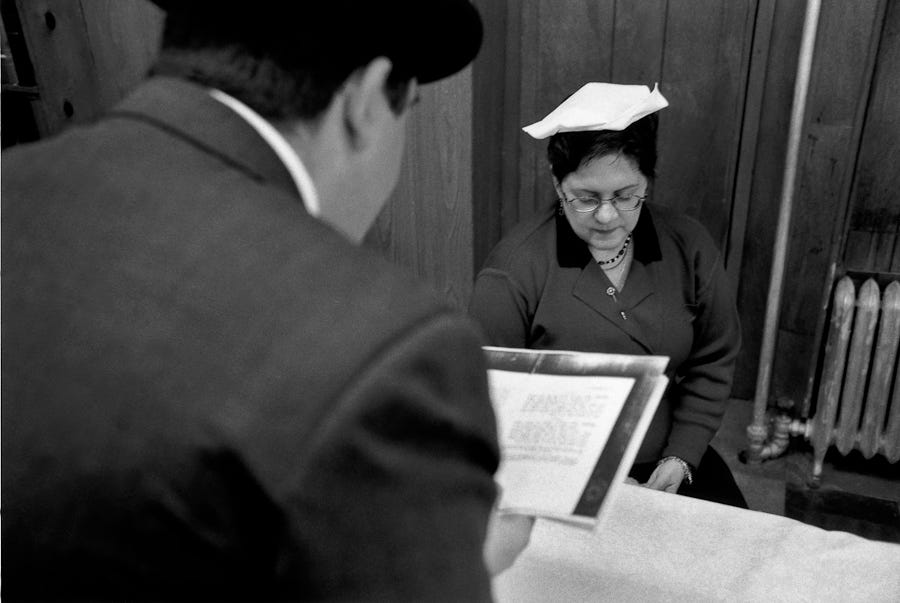Jaime Permuth, La Conversión de Carmen, 2005
I grew up amidst a non-believing household in one of the most Catholic countries in the world. Mexico holds 7% of all Catholic population globally, which is about 81% of its total population, or about 100 million people. My parents married through the Catholic church, primarily as a concession to their elders for whom these things really mattered— but by the time I was born there was no need to even baptize me as most of that older generation was gone.
And yet Christmas was, and continues to be, the most important holiday for my family. Growing up we would always set up the tree and a nativity scene. The color lights of the tree and other decorations were, I suspect, my first motivation to gravitate later toward installation art. Every Christmas I and other kids would attend rigorous rehearsals for a recital of “villancicos”, under the direction of my aunt Elsa, at the house of close friends, which we would perform during the times of the posadas in December. I learned and performed many traditional songs about the Virgin Mary and baby Jesus, and on the night of the posada we would walk around the block singing “Kyrie Eleison /Ora Pro Nobis” but without me giving much, if any, thought to the religious implications of the actual celebration. As a result, the Christmas holiday, in all its rituals, has always had and continues to have a powerful emotional significance to me. We also naturally embraced, and listened to, classical music of a religious nature —Palestrina’s masses, Bach’s Passions, the requiems of Mozart, Verdi, Fauré and more— responding to the aesthetic beauty of those pieces but without literally considering their religious message.
When I confessed the above in a Facebook post a few years ago, a very religious ex-classmate from high school (one of those people that you later wonder how you even got connected with them on social media in the first place) tried to ridicule me, calling me an idiot for practicing rituals as a nonbeliever. “You should play a sheep in a nativity play”, she said. I furiously blocked her shortly after.
But the apparent contradiction has continued to bother me. I am not more of a believer than I was as a child — and in fact I might be even less so today— but I have often wanted to understand the background of that powerful impulse, because my love for Christmas has still not waned. And I know that I am not alone, as so many of us carry the cultural legacy of religion without practicing the actual religion. The best explanation for me about this concept is what Mircea Eliade describes in his major work The Sacred and the Profane: The Nature of Religion:
“Do what he will, he [the profane man] is an inheritor. He cannot utterly abolish his past, since he himself is a product of his past. He forms himself by a series of denials and refusals, but he continues to be haunted by the realities that he has refused and denied. To acquire a world of his own, he has desacralized the world in which his ancestors lived; but to do so he has been obliged to adopt an earlier type of behavior, and that behavior is still emotionally present in him, in one form or another, ready to be reactualized in his deepest being. ”
When I read Eliade’s clarifying thinking I later thought about an interesting aspect regarding what I think can be understood as the “religious unconscious”: in most cases we enact rituals to reconnect with our past and our ancestors, as an act that helps affirm our identity. This is for example very important for the immigrant who feels the urgent need to hold on to their traditions and their heritage. But most interestingly there are instances where one follows a ritual because of a certain tradition or custom that has been inherited. In those cases, one may enact those rituals without the awareness of their religious origin.
This was the subject of a fascinating project by the Guatemalan photographer Jaime Permuth, made in 2005. Permuth, who is Jewish, became interested in a “Anusim” Latino community that resided in Yonkers (“Anusim” in Hebrew refers to those Jews who were forced to abandon their religion, primarily by the Spanish inquisition when the Jews were expelled from Spain in 1492). The main subject of his research was a Cuban woman named Carmen, who Permuth followed in her path to rediscover her Jewish heritage and her family traditions up to her conversion to Judaism. “Of [their] original Jewish traditions — Permuth describes—the only remaining things were small gestures that had remained in secret for hundreds of years. For example, Carmen remembered that on Fridays her mother would light two candles and would turn her hands around their flame. But it was only after emigrating from Cuba to New York that she discovered the meaning of the lights of the Shabbat when she saw, through her window, an orthodox Jewish neighbor enacting the exact same ritual of millennia.”
Carmen then undergoes a multi-year process of various religious and legal rites to convert (or return) to Judaism, emerging with a new name, Esther.
Jaime Permuth, La Conversión de Carmen, 2005
Permuth adds: ”people like Carmen are able to sense the mystery of 500 years that has been buried in their blood and thus start the return path.”
His project, titled The Jewish Identity Project: La Conversión de Carmen, was commissioned by the Jewish Museum in New York and includes a moving statement by Carmen herself regarding her conversion process.
I relate to Carmen’s story as an artist because I believe that the creative process is a lot like the religious unconscious in its intuitive dimension. So often as artists we make things without knowing why we are making them, only to perhaps understand our motivations with the perspective of time. Making peace with that sense of discomfort generated by not knowing and balancing our self-criticism with our intuition is a central part of the art practice.
I feel certain that I will never go back to try to reclaim a religion practiced my ancestors, like Carmen did, as much as I admire and am moved by that impulse. What suffices for me instead is the intuitive journey of art making— one that, as Eliade writes, reactualizes something that we feel we have lost, and which bestows insights that can’t be put into words. It is a process that may be best summarized with the mystic explanation by San Juan de la Cruz:
Entreme donde no supe
y quedéme no sabiendo
toda ciencia trascendiendo.
(I went in, I knew not where
and stayed, not knowing, but going
past the boundaries of knowing.)
But of course, I could be wrong. And maybe art making, after all, is nothing but the intuitive practice of a forgotten religion.
Merry Christmas.





It is interesting that in Carmen's case she could relate to part of the gestures of the ritual. The tradition is very structured in that way. We want to or need to remember and design rites and rituals to establish a connection in personal, political and religious arenas. I think of how we have embraced our Elf on the Shelf as a Christmas tradition. A visiting professor of African-American religions to FIU ( I apologize for not remembering his name for I am not a scholar;) explained that in his field the African Diaspora were the ones that kept intact aspects from their religious traditions. It was their connection to their homeland. The interesting part that differs a little from Carmen's case is that in Africa the traditions kept evolving. African scholars looking to understand ancestral rites or rituals have found some clues outside of the continent.
Of course many of our acts could have a religious background, even eating a tamal is a religious act. To that girl I can imagine most ridiculize thing to do is to eat Three kings cake, it's not even catholic, it is a Roman costume, and it wasn't a little boy, it was a little bean hidden. Besides, as a mexican, she may be celebrating a little bit of Day of the deaths and I guess she has nothing of prehispanic or similar religious roots. She shouldn't be eating any death bread.
Big hugs